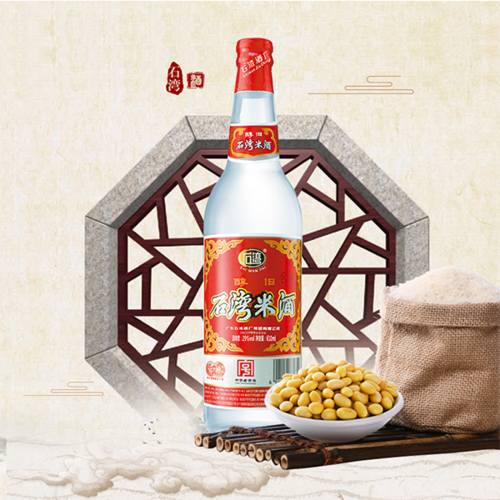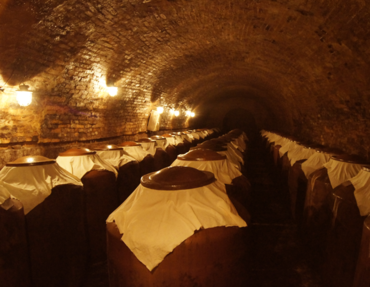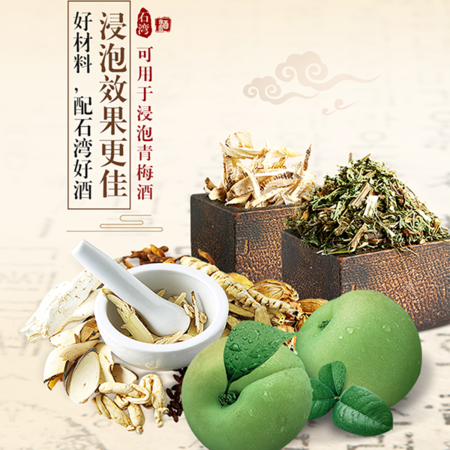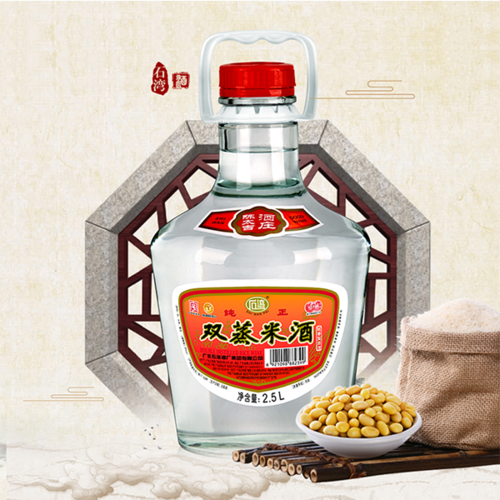Can Traditional Rice Wine Be Used in Cooking or Baking?
Rice wine is a popular ingredient in many Asian cuisines, including Chinese, Japanese, and Korean.
Traditional rice wine, also known as sake, is made by fermenting rice, water, and yeast. It is a versatile ingredient that can be used in cooking and baking to add depth of flavor to dishes.

First, it is important to note that not all types of rice wine are suitable for cooking or baking.
Some varieties of rice wine, such as Chinese cooking wine, are specifically made for culinary use and contain salt and other seasonings. These types of rice wine are typically used to flavor stir-fries, stews, and marinades.
Traditional rice wine, on the other hand, is typically consumed as a beverage and may not be suitable for all types of cooking or baking. However, it can still be used in some recipes to add flavor and complexity.
Application of Traditional Rice Wine
One popular way to use traditional rice wine in cooking is in steamed dishes.
Steaming is a common cooking method in Chinese cuisine, and rice wine is often added to the dish to enhance the flavor and aroma. For example, steamed fish with ginger and scallions is a classic Chinese dish that often includes a splash of rice wine.
Rice wine can also be used in marinades for meats and vegetables. The alcohol in the wine helps to tenderize the meat and infuse it with flavor. For example, a simple marinade for chicken or pork might include rice wine, soy sauce, ginger, and garlic.
In baking, rice wine can be used to add flavor to desserts and baked goods. For example, it can be used in place of vanilla extract in recipes for cakes and cookies. It can also be used to make a delicious glaze for cakes and pastries. However, it is important to note that traditional rice wine is not as sweet as other types of alcohol, so it may not work well in all recipes.
| Product Name | Shiwan Mijiu |
| Type | Rice Wine |
| Product Standard | GB/T 16289 |
| Alcohol Content | 29%vol / 38%vol |
| Ingredients | Water, Rice, Soybean |
| Net Volume | 610ml |
| Specification | 610ml x 12btls/ |
| 610ml x 24btls | |
| Packing Information | Glass Bottle With Plastic Stopper |
| Carton MEAS | 305 x 230 x 300mm3 (610ml x 12btls) |
| 475 x 320 x 315mm3 (610ml x 24btls) | |
| Gross Weight | 12.4KG/CTN (610ml x 12btls) |
| 24.7KG/CTN (610ml x 24btls) | |
| MOQ (Minimum Order Quantity) | 200CTN |
| Product Review | Color: Colourless, Transparent |
| Taste: Pure and mild, Harmonious, Lingering crystal clear aftertaste | |
| Smell: Pure Soy flavor | |
| Company Profile | Company Name: Guangdong Shiwan Wine Group Co., Ltd. |
| Origin: Foshan, Guangdong province, China | |
| Food Production License No.: SC11544060400213 | |
| Registered Food Exporting Manufacturer No.: 4400/12011 |
Details That Should Be Paid Attention to When Using Rice Wine
When using traditional rice wine in cooking or baking, it is important to use it sparingly.
The flavor can be quite strong, so a little goes a long way. It is also important to choose a high-quality rice wine that is free from any additives or preservatives.
Another consideration when using rice wine in cooking is the alcohol content. While most of the alcohol will cook off during the cooking process, some may remain. This means that dishes made with rice wine may not be suitable for children or individuals who are sensitive to alcohol.
Conclusion
Traditional rice wine can be used in cooking and baking to add flavor and complexity to dishes.
However, it is important to use it sparingly and to choose a high-quality product that is free from additives and preservatives. It may not be suitable for all types of cooking or for individuals who are sensitive to alcohol.
With these considerations in mind, you can experiment with using rice wine in your own cooking and baking to create delicious and flavorful dishes.







